At dinnertime one evening just after Thanksgiving a few of us commented on how quickly the month of October was slipping away and I casually remarked that ADVENT would soon be on our doorstep and how much I loved the Season! To my amazement, everyone chimed in “I love it too”! Little did I know that I would receive a phone call the next day from one of our Sisters asking me to write a little reflection on “ WHAT ADVENT MEANS IN MY LIFE”. Nothing happens by chance…our God is always at work!
ADVENT…a time to say “YES” to my life. Maranatha, come Lord Jesus, come! Both of these prayers or mantras are implicit in Mary’s Magnificat. I’m sure that after Gabriel’s visit, Mary was awed and humbled in remembering what God had done for her. Her response, immortalized in the Magnificat, also sings and resonates in my heart. My soul celebrates Yahweh my God, and I rejoice constantly in LOVE, for all the great blessings my God has given me, one of no renown and nothing to offer nor attract the world, yet greater ones have not received as much.
Image: Kenny Eliason/Unsplash
As I pondered these words, I was drawn last Advent to participate in a four week circle of friends united in contemplative reflections on our own stories and memories of the faith journeys we have been living. Modeled on the four weeks of Advent and on the four mysteries of Mary’s life, we reflected on MARY as a LISTENING WOMAN at the ANNUNCIATION, a WAITING WOMAN at her VISITATION WITH ELIZABETH, a DISCERNING WOMAN at the WEDDING FEAST OF CANA and a PROCLAIMING WOMAN at PENTECOST. In these four roles, I saw Mary at PRAYER at both the Annunciation and at Pentecost and in ACTIVE SERVICE at the Visitation and at Cana. Isn’t this the full CONTEMPLATIVE LIFE…PRAYER AND SERVICE? Both are DISCIPLESHIP and faith-filled experiences of her life and ours also. As I recalled and celebrated my own stories, I realized just how much I too, have been touched and graced by such a merciful Saviour who has prepared great things for me and “called me by name”.
Praised be my God who fulfills all!
-Sister Maureen Meloche, csj












